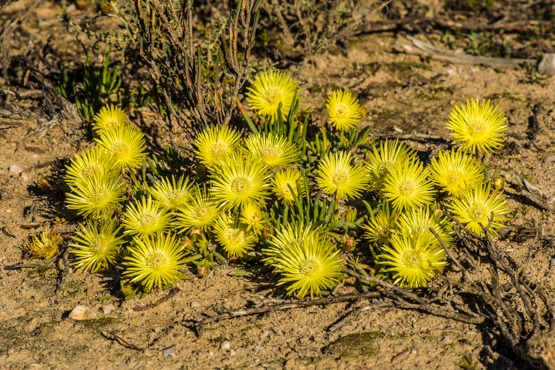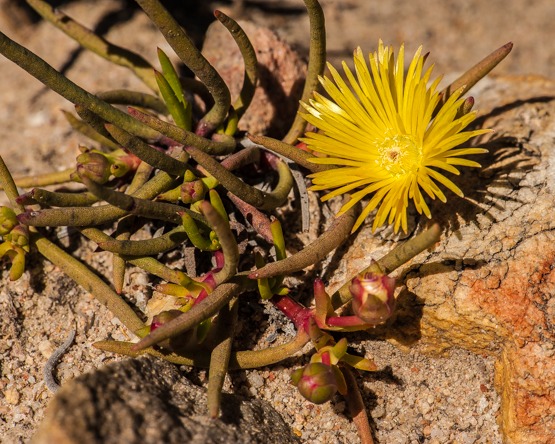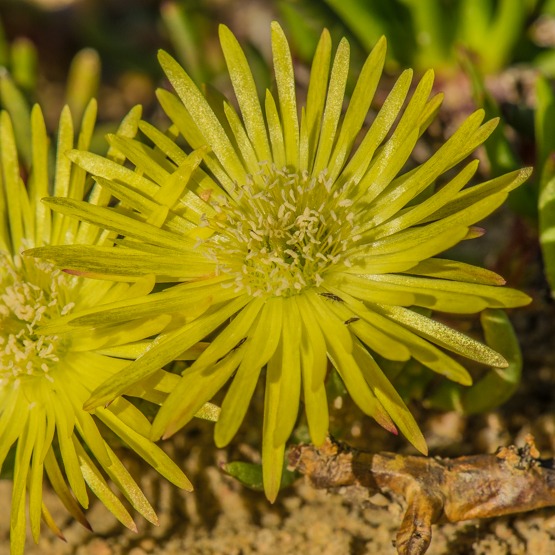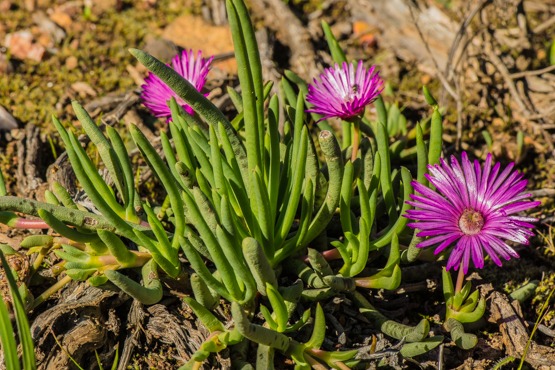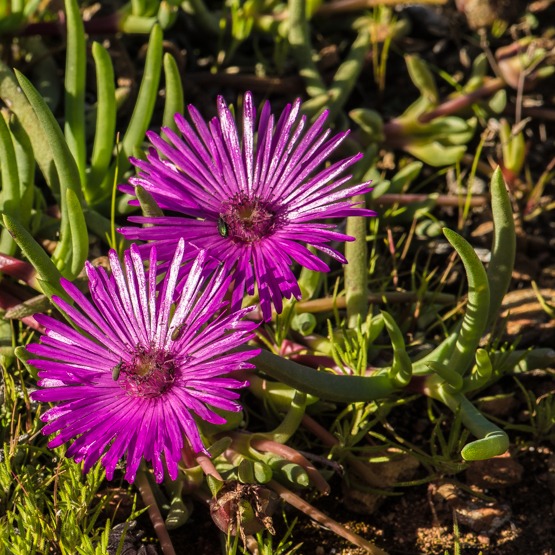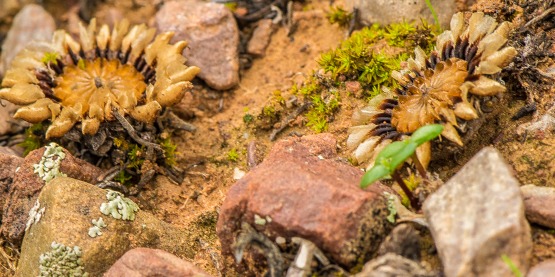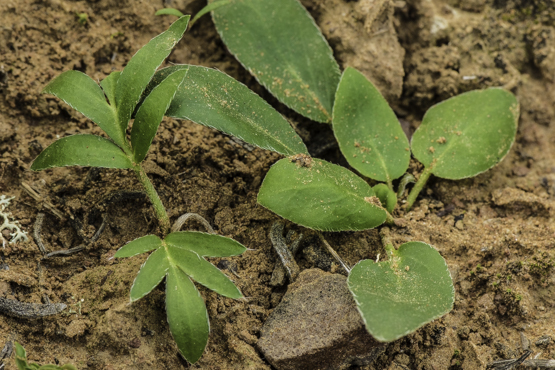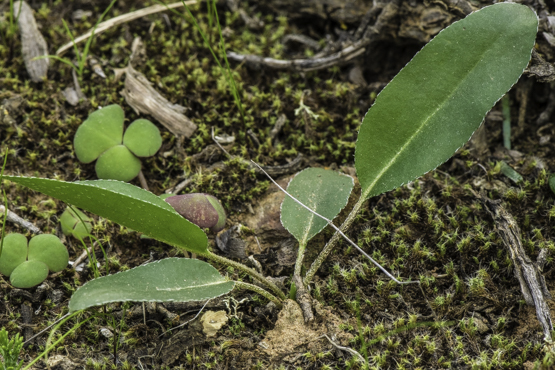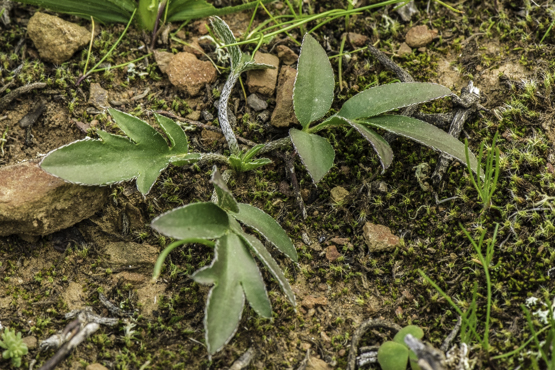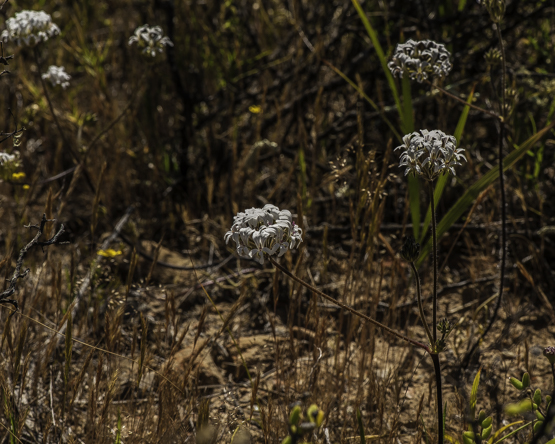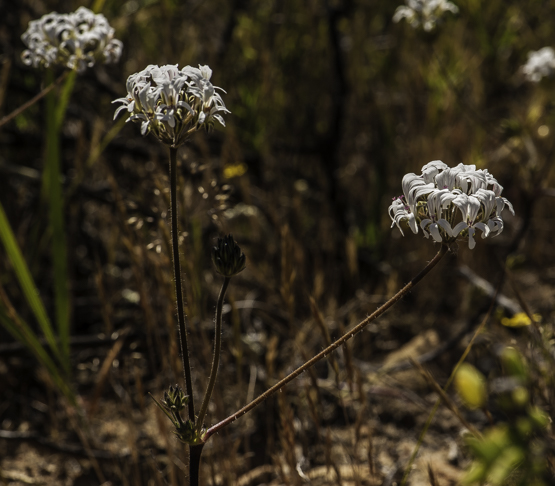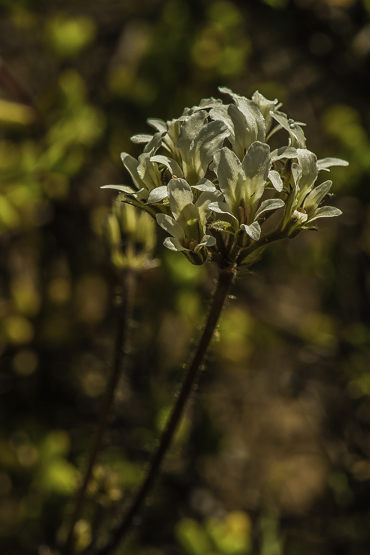Because of the epithet purpureo-album (purple-white), one would expect most -if not all- plants of the species to have purple flowers with white stamens. That may have been the case in the plant on which the original description was based, but yellow flowers with pale yellow (or white) stamens are much more common.
The plants form clumps up to 60 cm in diameter with more or less cylindrical, mostly dark green leaves, which are about 6-10 cm long and more slender than in other Cephalophyllums.
In May-September, they produce yellow or pale purple flowers up to 5 cm in diameter with 70-110 petals and up to 260 stamens. The number of compartments in the fruits is also high (13-17).
Judging from the number of synonyms (C. aurantiacum, C. gracile, C. littlewoodii, C. middlemostii, C. paucifolium, C. serratulum and C. worcesterense), the species is quite variable.
It occurs in the western Little Karoo and in the Robertson Karoo, where the plants are often locally abundant in open patches on sandy, loamy or gravelly flats.
In a suitable (Mediterranean-like) climate, the species – just as many other Cephalophyllums- will make an excellent garden plant.
